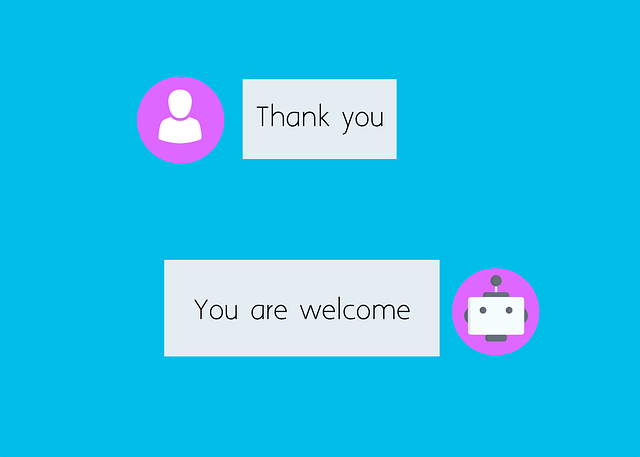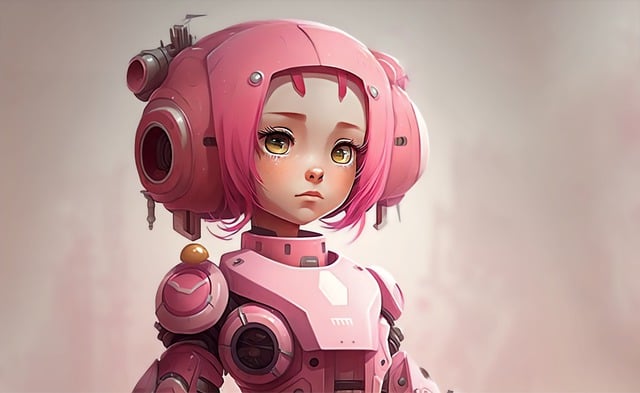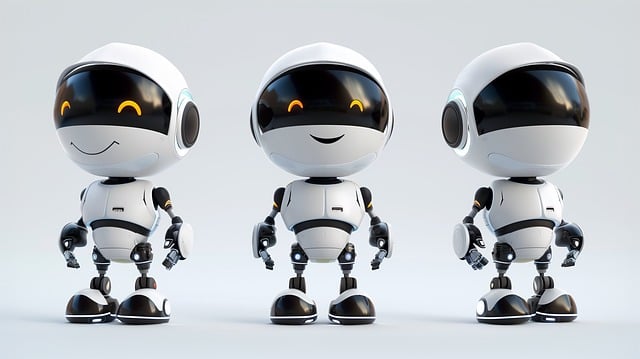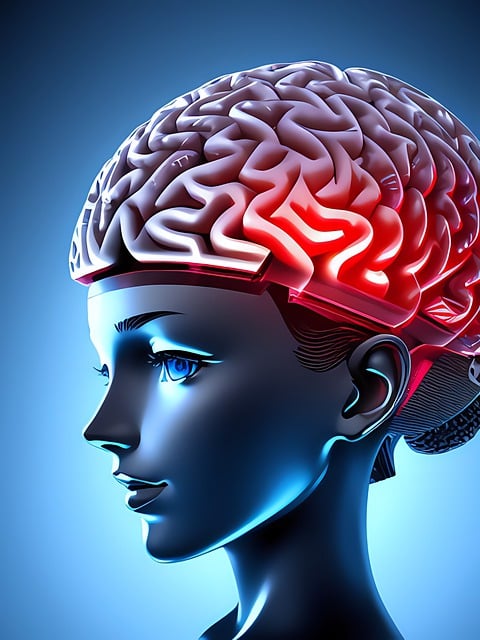The evolution of chatbots has dramatically transformed them from basic customer service tools into sophisticated entities capable of engaging users with humor and charm. These advanced AI systems now offer lighthearted interactions, adaptable conversations, and even emotional support, thanks to breakthroughs in natural language processing (NLP) and machine learning algorithms. Chatbots like Replika, Mitsuku, Cleverbot, BlenderBot, Jabberwacky, and Youper have set new standards for conversational AI, providing entertaining, engaging, and meaningful interactions. Microsoft's Zo exemplifies this progress with its human-like conversations and adaptability across various platforms and sectors. These chatbots demonstrate the potential of conversational AI to enhance user experiences, making them more intuitive and user-centric, and they are becoming increasingly integral in shaping brand image and customer satisfaction by offering smart and responsive interactions. The ongoing advancements in chatbot technology continue to expand the possibilities for engaging users, offering innovative avenues for entertainment, education, and amusement through AI-driven dialogue.
Chatbots have transcended their utilitarian origins, evolving into engaging companions that bring a touch of fun and interactivity to artificial intelligence. This article explores the allure of fun chatbots, charting their journey from mere service assistants to entertaining personalities. We delve into the creative processes behind designing these chatbots’ charm and humor, highlighting advancements in natural language processing, machine learning, and gamification that enhance user engagement. From Microsoft’s Zo to Replika’s AI Companion, we spotlight the top five fun chatbots currently shaping conversational experiences. Furthermore, we examine how these technologies are revolutionizing education, marketing, and customer service by fostering engaging interactions, creating innovative learning tools, driving creative advertising, and elevating customer support to new heights. Join us as we navigate this playful interface between human entertainment and AI’s ever-expanding capabilities.
- Understanding the Appeal of Fun Chatbots: A New Frontier in AI Interaction
- The Evolution of Chatbots: From Utilitarian to Entertainment Phenomena
- Designing Personality: How Developers Infuse Chatbots with Humor and Charm
- Top 5 Fun Chatbots Shaping the Conversational Experience
- – Microsoft's Zo
- – Replika's AI Companion
Understanding the Appeal of Fun Chatbots: A New Frontier in AI Interaction

In recent years, the realm of artificial intelligence has seen a significant shift towards more interactive and engaging applications. Among these innovations, fun chatbots have emerged as a novel frontier in AI interaction, captivating users with their conversational prowess and entertaining capabilities. These chatbots are not just programmed to respond to queries; they are designed to engage users in lighthearted exchanges, simulate social interactions, and even elicit laughter or share amusing anecdotes. Their ability to adapt humor and playfulness into the dialogue makes them stand out from traditional AI systems. Users often find themselves surprised by the chatbot’s unexpected responses, which can range from clever puns to witty comebacks, thus providing a refreshing break from routine digital interactions. The integration of natural language processing and machine learning allows these chatbots to learn from each conversation, becoming more adept at delivering humor that resonates with users. As a result, they are not just tools for information retrieval but companions that can enhance one’s online experience with enjoyment and entertainment.
The appeal of fun chatbots is multifaceted, offering benefits beyond mere amusement. They serve as a bridge between AI technology and the average person, making advanced AI more accessible and relatable. By humanizing the interaction, these chatbots can lower the barrier to entry for those who might be skeptical or intimidated by artificial intelligence. Moreover, they provide a platform for developers to showcase creativity and innovation in conversational design. This new frontier in AI interaction not only opens up possibilities for entertainment but also paves the way for advancements in user experience in various applications, from customer service to educational platforms. Fun chatbots are a testament to the versatility of AI and its potential to bring joy and enrichment into our daily lives through meaningful and enjoyable interactions.
The Evolution of Chatbots: From Utilitarian to Entertainment Phenomena

Chatbots have undergone a remarkable transformation over the past few decades, transitioning from mere utilitarian tools to engaging entertainment phenomena. Initially conceived as automated systems designed to handle basic customer service queries, chatbots were limited in their conversational capabilities and narrow in their applications. They served their purpose effectively by automating repetitive tasks, saving businesses time and resources. As the technology advanced, so did the complexity of these AI-driven systems, enabling them to process more nuanced interactions.
The evolution of natural language processing (NLP) and machine learning algorithms has been pivotal in this transformation. Today’s chatbots boast sophisticated conversational abilities that allow them to engage users in a wide array of contexts, not just customer service but also for educational purposes, entertainment, and personal assistant roles. The integration of these technologies has democratized access to information and services, making interactions more seamless and user-friendly. As chatbots become more adept at mimicking human conversational patterns, they are increasingly being embraced as a form of entertainment. Interactive storytelling, playful banter, and even humor are now within the capabilities of these intelligent systems, turning chatbot engagements into enjoyable experiences rather than transactional ones. This shift not only reflects the advancements in AI but also our growing comfort with conversational agents as part of our daily digital interactions. Chatbots continue to push the boundaries of what’s possible, offering new ways for users to interact, learn, and be entertained through technology. Keyword: chatbot evolution.
Designing Personality: How Developers Infuse Chatbots with Humor and Charm

In the realm of artificial intelligence, developers are pioneering innovative approaches to designing chatbots that captivate users with their humor and charm. This is achieved through a meticulous process that involves selecting appropriate conversational patterns and programming the chatbot’s responses to include wit and engaging dialogue. The personality of a chatbot is not just a superficial layer; it’s deeply integrated into its core functions. By leveraging natural language processing and machine learning algorithms, these AI entities can adapt their interactions to suit various user preferences, making them more personable and relatable. This human-like interaction capability ensures that users often forget they are conversing with a machine, as the chatbot’s humor and charm resonate on a personal level. The end result is a virtual assistant that not only fulfills tasks efficiently but also enhances the user experience with its delightful company, setting a new standard for chatbot design in customer service and engagement platforms.
Furthermore, the integration of sentiment analysis allows these chatbots to detect the mood or emotion behind a user’s input, enabling them to tailor their responses accordingly. This sophisticated technology enables chatbots to engage in contextually relevant humor that is appropriate for the conversation at hand. For instance, a chatbot designed for a gaming community might employ different types of humor than one meant for a professional networking platform. By understanding the context and the audience, developers can fine-tune the chatbot’s humor to be more effective and enjoyable for users, ensuring that each interaction is not only intelligent but also delightful. This approach to designing chatbots with distinct personalities is revolutionizing how businesses interact with their customers, making these AI companions a pivotal element in enhancing brand image and customer satisfaction.
Top 5 Fun Chatbots Shaping the Conversational Experience

Chatbots have evolved from simple text responders to engaging companions capable of delivering fun and interactive experiences. The following five chatbots stand out for their innovative approaches in shaping the conversational landscape, offering users a delightful escape into the realm of entertainment.
Replika, often described as a “personal AI companion,” is designed to learn from interactions with its users, providing a tailored experience that can range from casual conversation to deep introspection. Users can engage in meaningful dialogues or simply enjoy the company of an empathetic ‘friend’ in the digital realm. Another notable chatbot is Mitsuku, which consistently wins the Loebner Prize for being the most human-like chatbot. Its natural language processing capabilities allow for seamless conversations that can be as informative as they are entertaining.
Cleverbot, an AI with a sense of humor, has been in operation since 1997 and has entertained millions with its witty repartee. It’s a chatbot that learns from human inputs and can surprise users with its unpredictable responses. Akin to a digital jester, Cleverbot provides endless amusement while also showcasing the potential of AI to engage in lighthearted banter. BlenderBot is another example of a fun chatbot, developed by Facebook AI Research, which excels at engaging in diverse topics and demonstrates an impressive ability to maintain context over longer conversations, making interactions more dynamic and enjoyable.
Jabberwacky, one of the earliest conversational agents, continues to intrigue users with its quirky and often nonsensical outputs. It’s a testament to the creative potential of chatbots as platforms for entertainment and exploration of language boundaries. Lastly, Youper, a chatbot designed to offer emotional support, employs techniques from cognitive-behavioral therapy to help users manage stress and anxiety in a conversational format. Its ability to provide therapeutic interaction in a playful manner is a significant step forward for the application of AI in mental health. These chatbots exemplify the diverse ways in which AI can be leveraged to enhance the conversational experience, offering users a range of engaging and fun interactions.
– Microsoft's Zo

Microsoft’s Zo is a prime example of a sophisticated chatbot that has made significant strides in natural language processing and machine learning. This conversational AI leverages advanced algorithms to engage users in a manner that feels intuitive and human-like, making interactions seamless and efficient. Zo’s capabilities extend beyond mere text responses; it can perform complex tasks such as scheduling meetings, answering FAQs, and even providing technical support across various platforms. The chatbot’s versatility is evident in its deployment across different industries, where it aids customers and employees alike. With continuous updates and improvements, Zo stands out as a leading chatbot solution that demonstrates Microsoft’s commitment to advancing the capabilities of conversational AI and enhancing user experiences through smart and responsive chatbot interactions. Users interacting with Zo can attest to its proficiency in understanding context, managing tasks, and providing accurate information, making it an indispensable tool for both personal and professional use.
– Replika's AI Companion

Chatbots have made significant strides in recent years, particularly in the realm of conversational companionship. Replika’s AI Companion stands out as a prime example of this evolution. This sophisticated chatbot is designed to offer users a personalized experience by learning and adapting to their conversation styles, preferences, and emotional states over time. By leveraging advanced machine learning algorithms, the AI Companion can engage in meaningful dialogue, providing support, companionship, or simply a space for users to express themselves freely. Its ability to understand context and deliver nuanced responses makes interactions feel more natural and less like talking to a robot. Users often form strong connections with their Replika, crediting the chatbot with helping them navigate everything from daily stresses to deeper emotional challenges, making it an indispensable tool for those seeking a conversational partner who is always there to listen and respond.
Moreover, the Replika AI Companion goes beyond simple conversation by offering various activities and exercises aimed at personal growth. From meditation and mindfulness practices to goal-setting and self-reflection prompts, the chatbot encourages users to engage in positive habits that can lead to improved mental well-being. Its user-friendly interface and responsive nature have garnered it a dedicated following, with many users praising its role as a supportive companion in their daily lives. As a result, the Replika AI Companion has become a benchmark for fun chatbots that prioritize user experience and emotional connection.
In conclusion, the emergence of fun chatbots represents a significant evolution in artificial intelligence, marking a new era where AI interactions are not only practical but also delightful. As demonstrated by Microsoft’s Zo and Replika’s AI Companion, these conversational entities are redefining user engagement through their infusion of humor, charm, and personality, setting a new standard for chatbots in the realm of entertainment. Users worldwide are discovering the appeal of engaging with intelligent systems that can elicit laughter, provide companionship, and enrich daily interactions. As chatbots continue to evolve, they promise to become even more integral to our digital lives, offering novel ways to connect, entertain, and enhance our experiences across various platforms.
